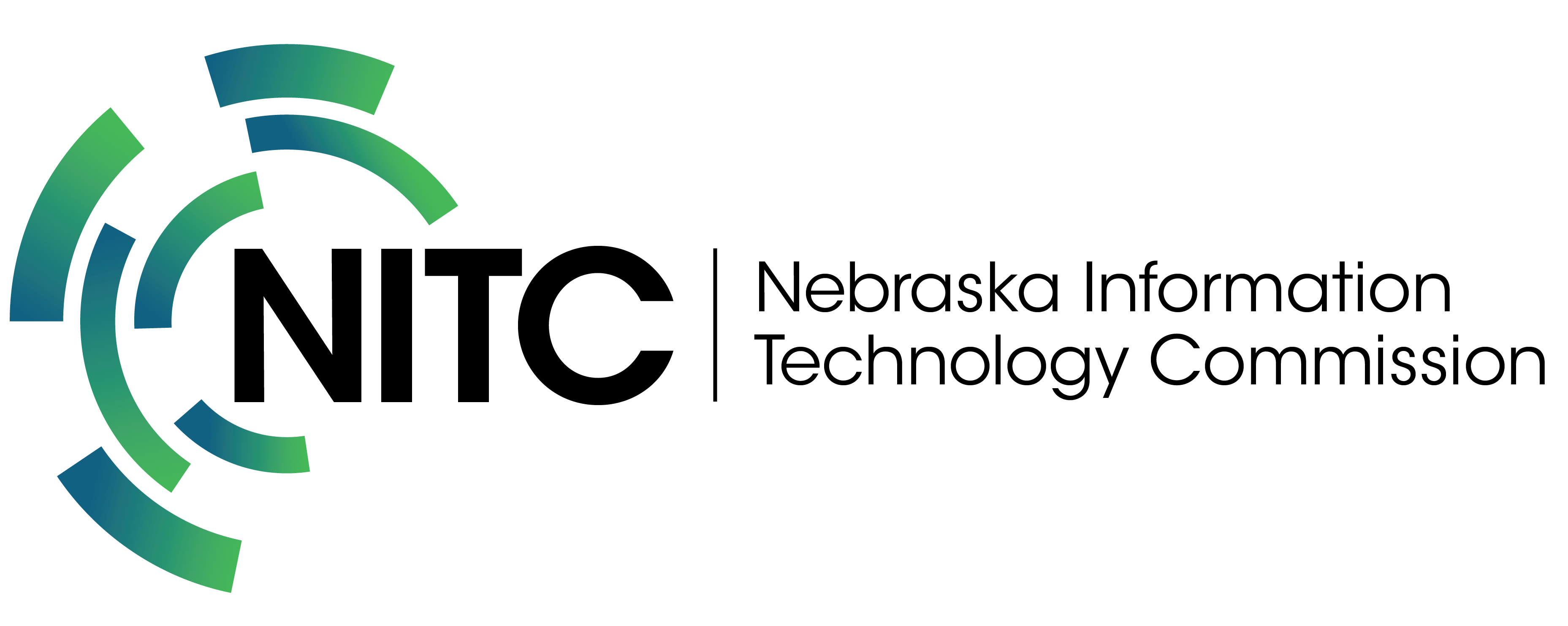PSC docket, hearing look at revising NUSF contribution methodology
By Nebraska Public Service Commission Staff
In August, the Nebraska Public Service Commission (PSC) held a hearing as part of a docket aimed at revising the Nebraska Universal Service Fund (NUSF) methodology. The NUSF methodology is the means by which the PSC collects contributions that fund state universal service programs. The goal of these programs is to ensure that all Nebraskans have access to quality telecommunications and information services at affordable and comparable rates.
Through the NUSF, the PSC distributes funds to eligible telecommunications carriers for several programs that advance the goals of universal service. The high-cost program provides support to help ensure that the cost and availability of telecommunications and information services are reasonably comparable between rural and urban areas. The broadband pilot program provided grant funding to extend broadband service to unserved and underserved areas, while the dedicated wireless program provides funding to build towers in unserved and underserved areas. The tele-health program provides funding to connect rural and critical access hospitals to urban hub hospitals, expanding the availability of health care services to rural communities. The Nebraska Telephone Assistance Program assists qualifying low-income individuals with keeping telephone services affordable by lowering monthly service rates. All of these programs advance the declared policy of the state as outlined by the Nebraska Legislature in statute. This policy includes providing access to all Nebraskans at affordable and comparable rates, and contains provisions outlining that the funding mechanisms “should be specific, predictable, sufficient, and competitively neutral to preserve and advance universal service.” (Nebraska Revised Statutes – Chapter 86, Section 323, Legislature; declaration of policy)
The current NUSF surcharge, at 6.95%, is applied to intrastate retail telecommunications revenues. Changes in offerings of telecommunications providers and shifts in customer preferences have led to declines in money remitted to the NUSF, decreasing at a rate of about 3.9% since 2008. In recent years, the decrease has been more drastic, where remittances to the fund dropped about 12.9% annually. Similar declines are predicted in the new 2017/2018 fiscal year. The docket that was opened proposed looking at other alternatives to the current revenue-based surcharge methodology, including a connections-based contribution mechanism, where the surcharge would be assessed to every assessable “connection” to the network. Data from Federal Communications Commission (FCC) Form 477 reports indicate that the number of connections as defined by the FCC has been much more stable over time than assessable intrastate revenues.
The process for revising the NUSF methodology is ongoing, but the recent hearing included testimony on whether the methodology should move to a connections-based mechanism or remain on the current revenue-based mechanism. Representatives from the PSC, cable associations, mobile wireless associations, and wireline providers provided testimony regarding the issue. The first step within this docket, and as a result of the hearing, is to determine whether or not to move to a connections-based methodology. If a connections-based methodology is selected, the specific definition of a connection must be determined, and subsequent steps would likely include determining the actual methodology used to assess connections, and the overall budget of the NUSF.
The contribution methodology is a critical part of determining how much funding is available to support broadband buildout within rural Nebraska. While there are still many steps that need to be completed in the contribution-reform process, significant progress is being made towards ensuring that a predictable and sufficient mechanism is in place to continue the goals of universal service in Nebraska.
From the Fall 2017 issue (PDF) of Nebraska Broadband

